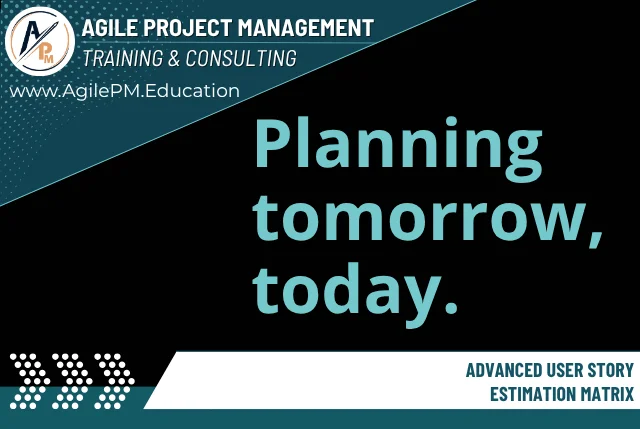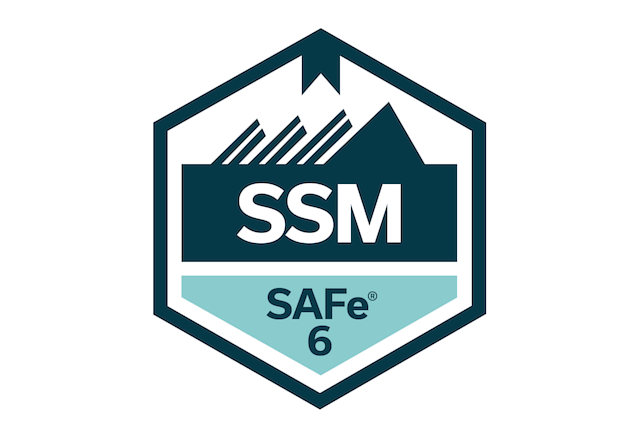Advanced User Story Estimation Matrix
Advanced User Story Estimation – Combining Fibonacci, Uncertainty, Risk and Business Value Imagine if you could analyse every User Story with a holistic view that balances technical effort, uncertainty, risk, and business impact—all in one transparent framework.What if your team could avoid subjective debates and make objective, data-driven decisions about what to work on next?Welcome to the Advanced User Story Estimation Matrix, a model that helps Agile teams prioritize work smarter, not harder.In traditional Agile practices, Story Points are a popular method to estimate the size of work. However, they often fall short when complexity is not the only factor.Projects today are fast-moving and full of unknowns. Teams need to think beyond “how big is this task?” and also ask: How risky or uncertain is this task? How valuable is this to the customer or business? Given its size, how worthwhile is it to tackle right now? This article introduces a multi-factor matrix approach, which combines classic estimation (like Fibonacci) with modern considerations such as uncertainty, risk, and business value.By the end, you’ll be able to apply this matrix to your Agile process and bring clarity to your backlog prioritization. Why go beyond simple Story Points?While Story Points are great for capturing complexity, they often miss key dimensions: Uncertainty → Is this a well-known task or full of unknowns? Business Value → How much does this contribute to the product or customer? Risk Factor → What is the likelihood of encountering roadblocks or delays? In real-life projects, ignoring these can lead to suboptimal Sprint planning and poor stakeholder alignment. Introducing the Advanced Estimation Matrix This estimation model uses the following factors: ✔️ Complexity (Fibonacci) – Classic complexity estimation using Fibonacci numbers to reflect increasing uncertainty as tasks grow.✔️ Uncertainty (1-5) – A simple scale to capture how confident the team is about the task’s implementation details.✔️ Business Value (1-10) – Measures the importance of the User Story from a business or user perspective.✔️ Risk Factor (1-5) – Captures potential technical risks, dependencies, and unforeseen challenges. Calculated Metrics The Logic Behind the Matrix Effort + Uncertainty → Real Effort (Estimated Story Points) Real Effort + Business Value + Risk → Relative Priority (Priority Score) Relative Priority + Effort → Planning Decision (Combined Weight) How to use the Matrix? During Backlog Refinement Identify low-value, high-complexity tasks and consider postponing them. Highlight quick wins—high Priority Score and low Estimated Story Points. During Sprint Planning Use Combined Weight to focus on stories that are valuable and feasible for the next Sprint. Discuss stories with high Estimated Story Points → break them down if necessary. During Stakeholder Conversations Use Priority Score to justify prioritization. Demonstrate data-driven decision-making. Example (from a Mobile Fitness App): Developing a simple fitness app that allows users to track workout plans, set goals, and view statistics. Explanation of the Advanced Estimation Matrix Columns How to interpret the columns together☑️ Example 1 → High Complexity, High Business Value, Low Risk:→ May result in a moderate Combined Weight, worth prioritizing.☑️ Example 2 → Low Complexity, High Uncertainty, Moderate Business Value:→ May show up with high Estimated Story Points but lower Priority Score → risky but not urgent → investigate further.☑️ Example 3 → High Complexity, High Risk, Low Business Value:→ Very low Priority Score → might not be worth pursuing right now. Benefits of this approach Provides a multi-dimensional view of User Stories Promotes balanced, objective decision-making Aligns technical feasibility with business priorities Supports transparent and traceable prioritization The Advanced User Story Estimation Matrix is perfect for teams working on complex products with many competing priorities.By integrating uncertainty, risk, and business value with classic estimation, you can bring clarity and confidence to your Agile planning process.Smarter estimation leads to smarter prioritization – and ultimately, delivering more value to your customers, faster. Follow us on Linkedin Facebook Twitter Instagram Youtube Share on Blog Home
Advanced User Story Estimation Matrix Read More »


